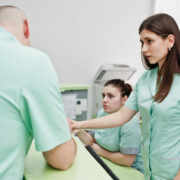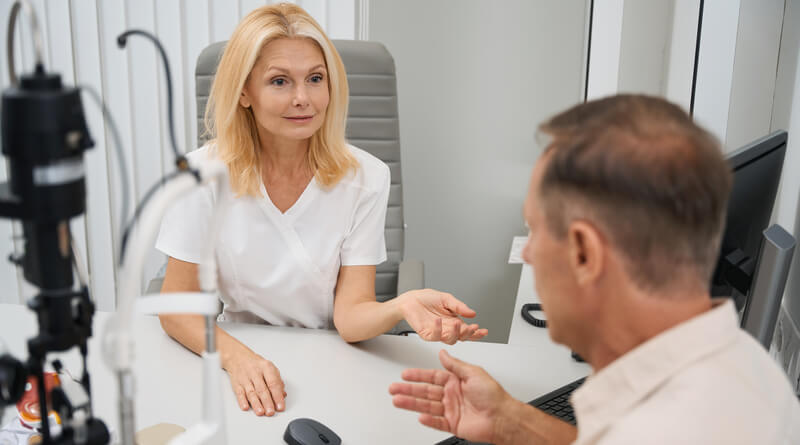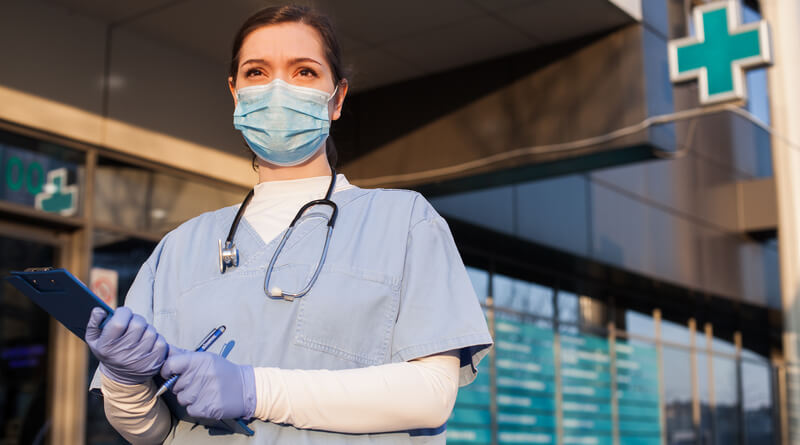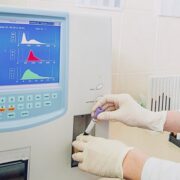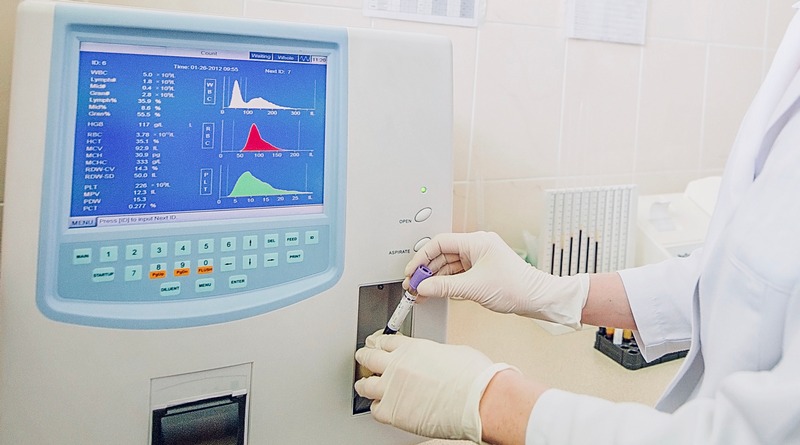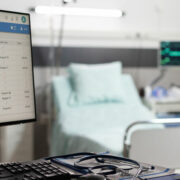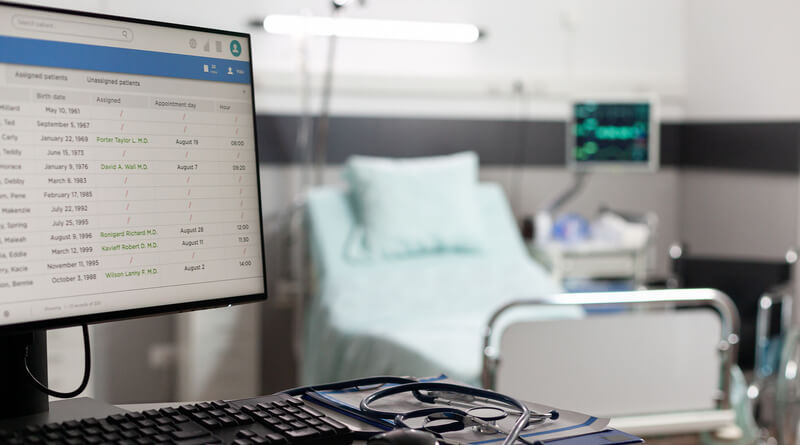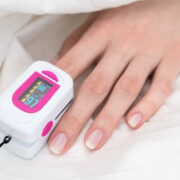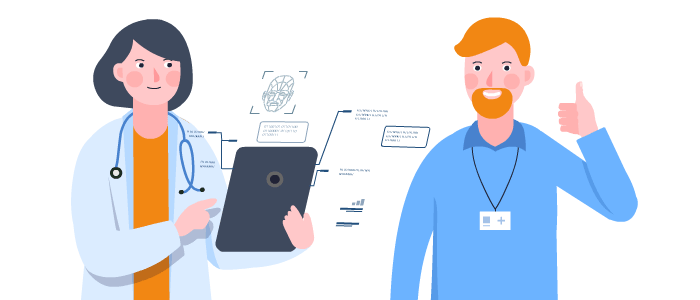How Healthcare Providers Can Boost Their Revenue Cycle
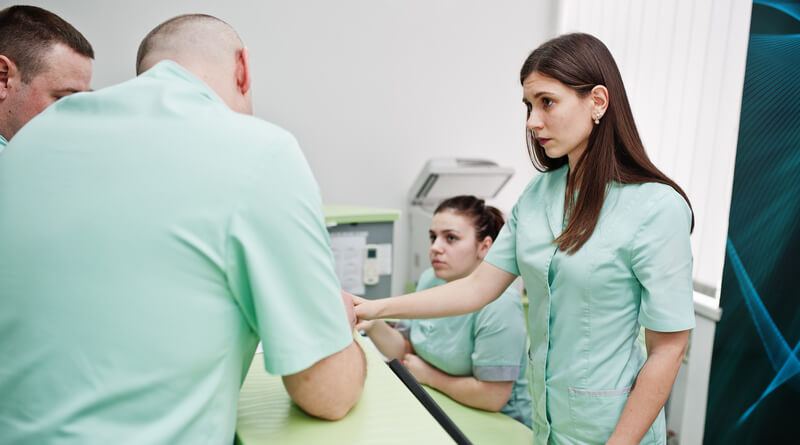
Tips on Improving the Revenue Cycle in Healthcare
Running a medical clinic or a doctor’s office involves the ideal balance between financial and healthcare concerns. While the number one focus must be on ensuring that patients receive ideal care, clinics must also consider how much money they bring in every quarter.
Providers may need to focus on their ABA billing procedures when running a practice involving behavioral analysis or therapy. If your clinic is not bringing in consistent revenue, despite having a lot of patients, there may be an issue with how you are operating.

Improving the revenue cycle in healthcare is not straightforward. No single method or strategy can deliver a significant boost to your revenue while not incurring additional expenses.
The most sustainable way to improve the revenue cycle in healthcare is to follow a series of practices, such as the ones we have outlined below.
Update Patients on Billing
How can a patient submit payment for a therapy session if they are unaware of how medical billing works? Whether your clinic sees patients with specific insurances or even caters to uninsured patients, updating people on billing methods and practices is so important.
Consider educating patients on medical billing as a method of bad debt avoidance. If your staff can communicate with a patient about when they will receive a bill and how much they will have to pay, patients will be ready to pay that bill in the coming weeks.
Patients should be educated on the costs of regular appointments and/or special visits ahead of time. There should be no surprises for someone when they open a medical bill, as everything listed on the document should have already been communicated to them.
Invest In Your Staff
Having a high-quality group of staff, such as PSRs and medical assistants, can make all the difference when it comes to ABA billing and related matters. Investing in your staff means providing them with onboarding and annual training to keep them up to speed on the latest practices related to healthcare billing. If your staff understands how an advanced behavioral analysis-related practice must bill its patients to maintain its revenue cycle, they can better communicate the relevant information to your patients.
Aside from continuous training for staff, practices should also ensure they have a healthy number of people on the floor each day. Suppose you have very few staff members who are overworked and being pulled in different directions. In that case, they are unlikely to have the time or mental energy to have lengthy billing conversations with patients before or after their appointments.
Offer Patients a Variety of Payment Options
Every clinic must accept it will be catering to a different category of patients, especially where billing and insurance are concerned. If your practice is popular enough only to accept specific insurances, then you are already in an ideal situation.
Those practices that must branch out to less desirable insurance policies or uninsured patients must get creative. Offering patients a variety of payment options ensures they are much more likely to promptly and fully pay for the services they are receiving.
One of the strategies is to work with third-party payers. There are lenders and financial institutions that offer healthcare-specific credit cards, allowing patients to pay their medical bills onto the card and then pay off the balance in equal monthly installments over 6, 12, or 24 months with 0% interest.
Leveraging such payment options allows a healthcare practice to assist those patients that may struggle with timely payments. Rather than a patient struggling to pay their bill, they can use a credit card or medical loan, ensuring their monthly payments are manageable. By offering a range of payment methods, your clinic will have far fewer “problem patients” from a financial perspective.
Ensure Patients Are Receiving Timely Care
A patient contributes to the revenue cycle of your clinic by being seen regularly and frequently. Many healthcare practices make critical errors when assessing their patient numbers. They look at consolidated lists of how many patients have seen their clinic’s primary care provider or specialist within the past few years. Such information is useful, but not when it comes to your clinic’s revenue cycle.
When assessing patient data, a clinic should see how many patients are seen every quarter. They should also determine how many times a year each patient has an appointment in the clinic. If there are patients with only a single appointment in a year or none at all, they require attention.
Having staff proactively reach out to patients for follow-up therapy sessions or periodic consultations is a great way to boost your clinic’s finances. Such an action from your staff also helps patients by allowing them to visit with their therapist more frequently.
Focus On Reducing Denied Claims
One of the biggest impediments to a hospital’s revenue cycle is denied claims. These occur when a payer “denies” the claim that’s submitted by the healthcare provider due to a number of reasons. However, one of the most common reasons for claim denials is sending the claim against the wrong patient’s information. For instance, Jenny had her tonsillectomy done successfully – all that’s waiting is to submit the claim to her insurer. However, instead of using her medical record, the healthcare provider used Jennifer’s EHR and sent it to the payer. Upon inspection, the payer will find that Jennifer isn’t the one who was operated on and will reject the claim.
To reduce denied claims, healthcare providers are using touchless biometric patient identification platforms like RightPatient. RightPatient ensures that the appropriate EHR is provided using patient photos. Whenever a patient looks at the camera, the platform runs a biometric search and provides the accurate EHR – helping reduce denied claims.

